China's 15 biggest trading partners
The nations doing the most business with the People's Republic
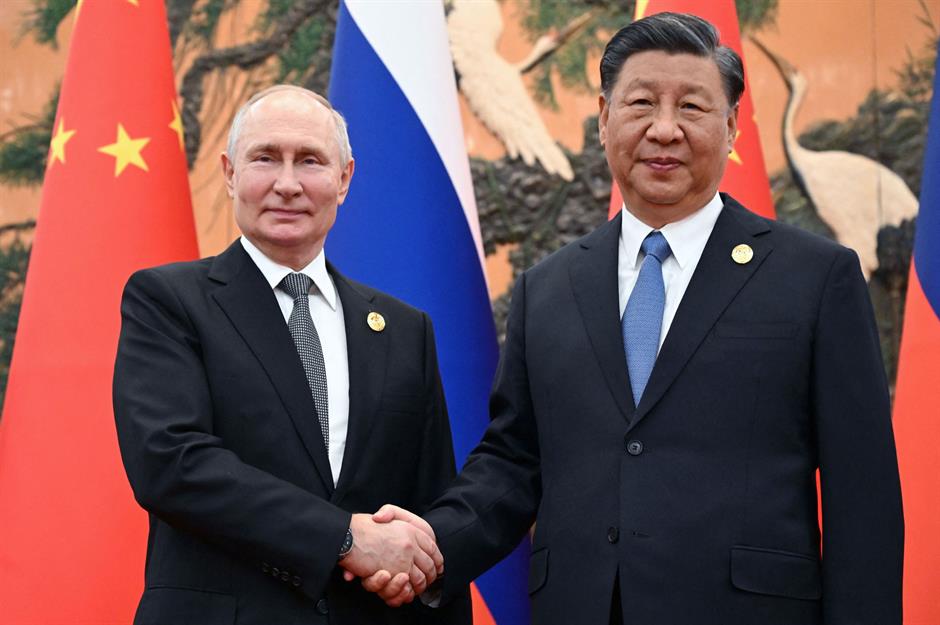
Amid increased protectionism abroad and sluggish demand at home, mainland China's exports stood at $3.38 trillion (£2.66trn) last year. That's down 4.6% compared to 2022, while imports fell 5.5% to $2.56 trillion (£2trn) – though the nation's trade with one country positively soared.
As Beijing navigates a domestic slump as well as the global trend towards reshoring and diversifying supply chains, read on to discover the nation's 15 leading trading partners, excluding Hong Kong. All dollar amounts in US dollars.
15th: Malaysia, total trade volume in 2023: $98.8 billion (£78bn)
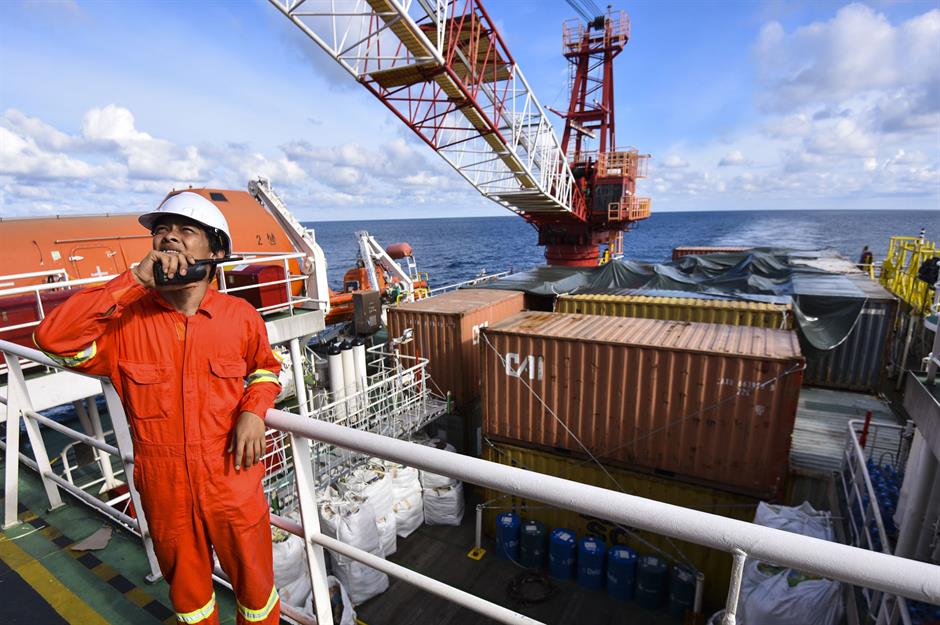
The total trade volume between China and Malaysia amounted to $98.8 billion (£78bn) in 2023 according to the UN Comtrade Database.
Be that as it may, official Chinese government statistics show that bilateral trade stood at a much higher $155.7 billion (£123bn) in the first 10 months alone, with Malaysia accounting for 20.8% of China's overall trade with the Association of Southeast Asian Nations (ASEAN), its leading regional trading partner. China has been Malaysia's number one trading partner since 2009.
15th: Malaysia, total trade volume in 2023: $98.8 billion (£78bn)
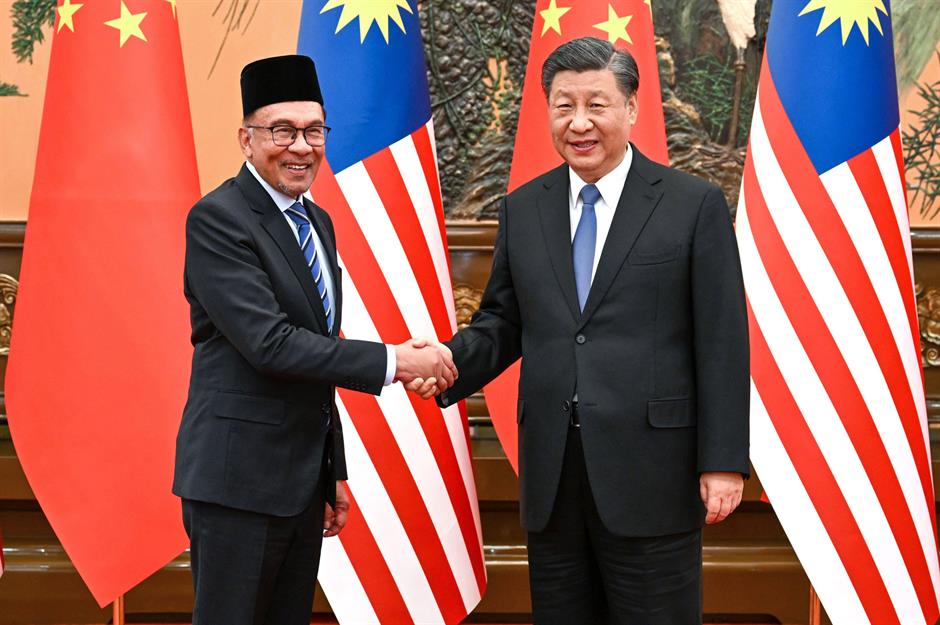
Sticking to the UN data, Malaysia's imports from China totalled $56.7 billion (£45bn) in 2023, while its exports to the People's Republic came in at $42.1 billion (£33bn), giving a trade deficit of $14.6 billion (£12bn).
Last year marked the 10th anniversary of a comprehensive strategic partnership between the countries. Despite tensions over the South China Sea, the two nations are cooperating closely on Belt and Road Initiative projects, not to mention other key economic and trade activities.
14th: Indonesia, total trade volume in 2023: $122.2 billion (£96bn)

Provisional Trade Ministry figures show that Indonesia's imports from China amounted to $62.2 billion (£49bn) in 2023, while its exports to the country are estimated at $60 billion (£47bn).
Therefore, Indonesia runs a $2.2 billion (£2bn) trade deficit with the world's leading exporter. It could however end up generating a surplus this year if the government reaches its export target of up to $70 billion (£55bn).
14th: Indonesia, total trade volume in 2023: $122.2 billion (£96bn)

Indonesia relies on China for broadcasting equipment, smartphones, and computers. Meanwhile, the People's Republic imports huge quantities of iron alloys from Indonesia for its steel industry, as well as vast amounts of coal for its multitude of fossil-fuel power plants.
As part of the effort to ramp up exports to China this year, Indonesia's Trade Ministry is planning to hold an exhibition of products from the country in several Chinese provinces.
13th: Mexico, total trade volume in 2023: $123.4 billion (£97bn)
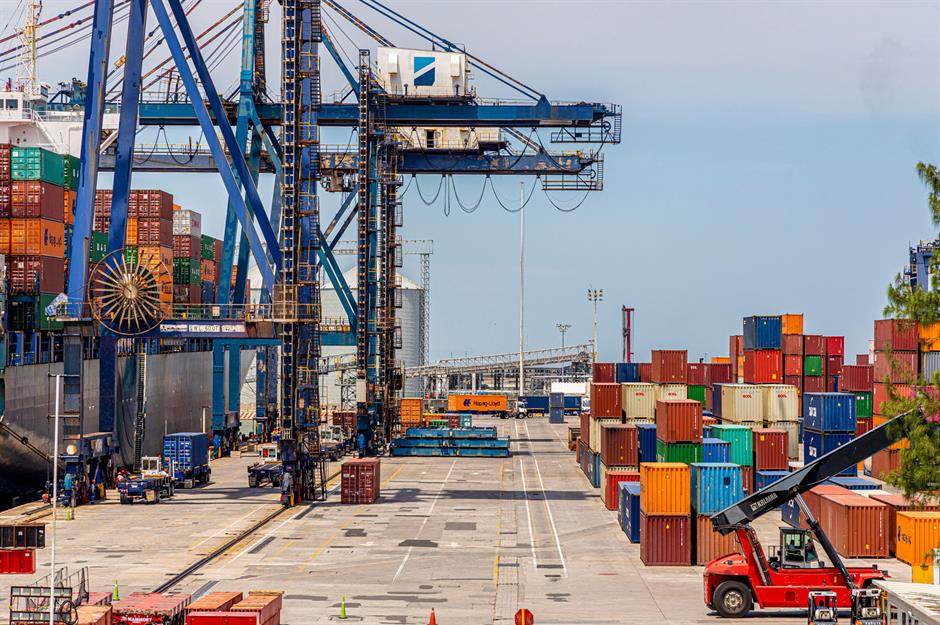
China and Mexico's two-way trade totalled $123.4 billion (£97bn) in 2023, as per the UN Comtrade Database.
The relationship is massively one-sided. Imports from China to Mexico added up to $114.2 billion (£90bn) last year, while exports from Mexico to the People's Republic were a relatively paltry $9.2 billion (£7bn). Needless to say, the bulging deficit, which stands at $105 billion (£83bn), is coming under increasing scrutiny.
13th: Mexico, total trade volume in 2023: $123.4 billion (£97bn)

The discrepancy is “huge” for a country the size of Mexico according to Alicia Garcia-Herrero, chief economist for Asia-Pacific at Natixis, who was recently quoted in the South China Morning Post.
US pressure on Mexico to limit Chinese imports and investment is mounting, and the Mexican government just imposed a duty on Chinese steel, with additional tariffs likely to follow. The move comes following speculation that China is dodging US tariffs on its goods by surreptitiously shipping them to the country via Mexico, which would go a long way towards explaining the eye-watering trade deficit.
12th: UK, total trade volume in 2023: $133.5 billion (£105bn)
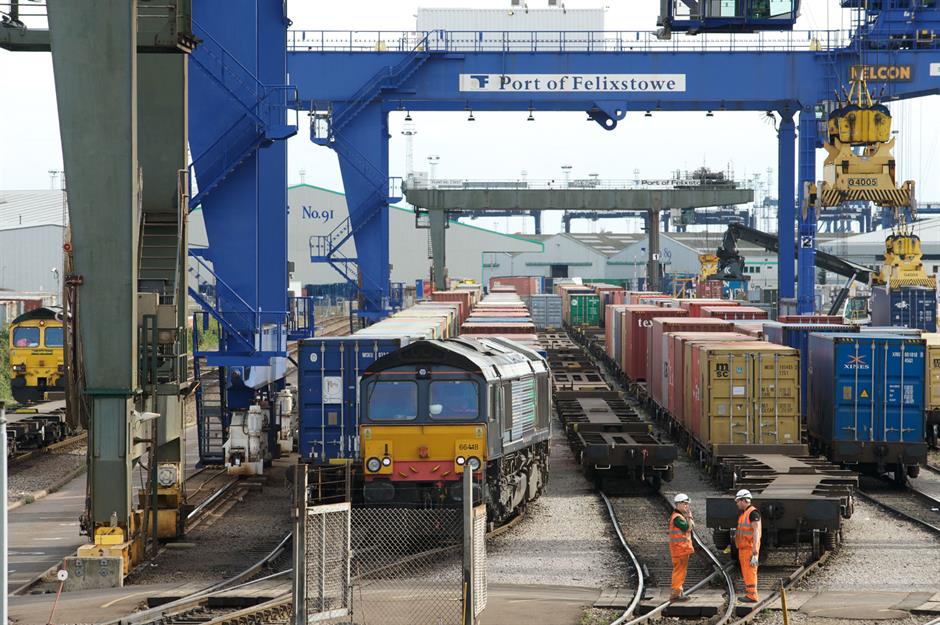
According to the UN Comtrade Database, the UK's imports from China ran to $99.2 billion (£78bn) in 2023. With the figure for exports at $34.3 billion (£27bn), London's trade deficit with Beijing stood at $64.9 billion (£51bn).
Alternatively, UK government figures for the four quarters to the end of Q3 2023 put imports from China at $83.7 billion (£66bn), with exports at $47.9 billion (£38bn). As per this data, imports from the People's Republic are trending down, while exports to China are on an upward trajectory.
12th: UK, total trade volume in 2023: $133.5 billion (£105bn)

China is the UK's fifth-largest trading partner and unlike its counterpart in the US, the UK government has been working to strengthen trade ties with the country.
That said, Transport Secretary Mark Harper has vowed to impose tariffs on Chinese electric vehicles (EVs), which have flooded the European market and have an unfair competitive advantage given they are heavily subsidised by the state.
11th: India, total trade volume in 2023: $136.2 billion (£107bn)
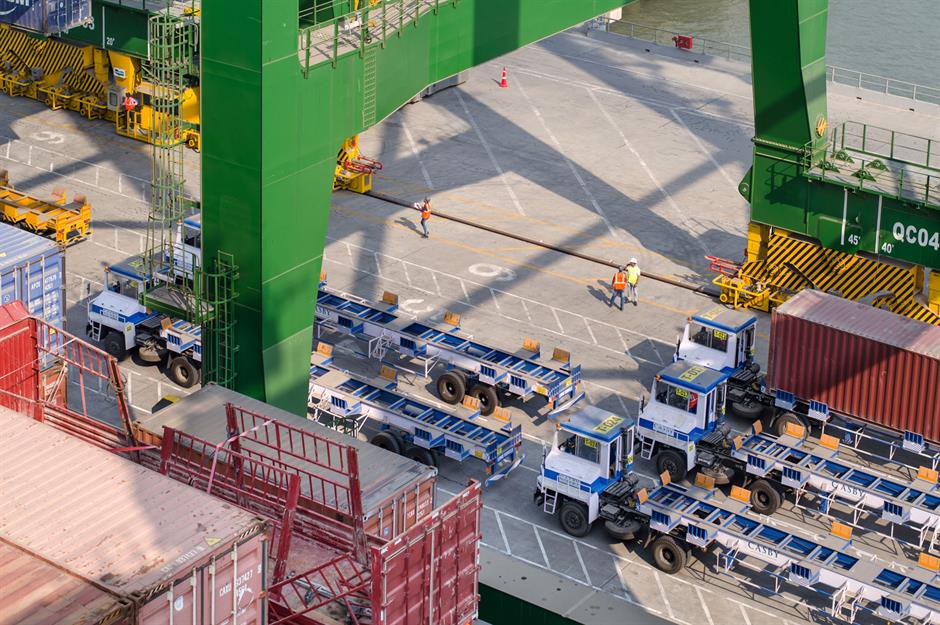
China and India's bilateral trade hit a record $136.2 billion (£107bn), up 1.5% from the previous year, according to Ma Jia, Beijing's highest-ranking diplomat in New Delhi.
India's exports to China are roughly one-tenth of its imports from the People's Republic. The trade deficit did however come down in 2023, but not by much: in 2022 it surpassed $100 billion (£78bn), while last year, the deficit decreased modestly to around $99 billion (£77bn).
11th: India, total trade volume in 2023: $136.2 billion (£107bn)

The Chinese envoy recently highlighted improvements in bilateral ties but relations between the two Asian powers remained strained, with border tensions and India's ban on TikTok and myriad other Chinese apps among the salient issues.
Concerns have also been voiced over India's enormous trade deficit with China, which some commentators view as a strategic vulnerability.
10th: Brazil, total trade volume in 2023: $160.3 billion (£125bn)
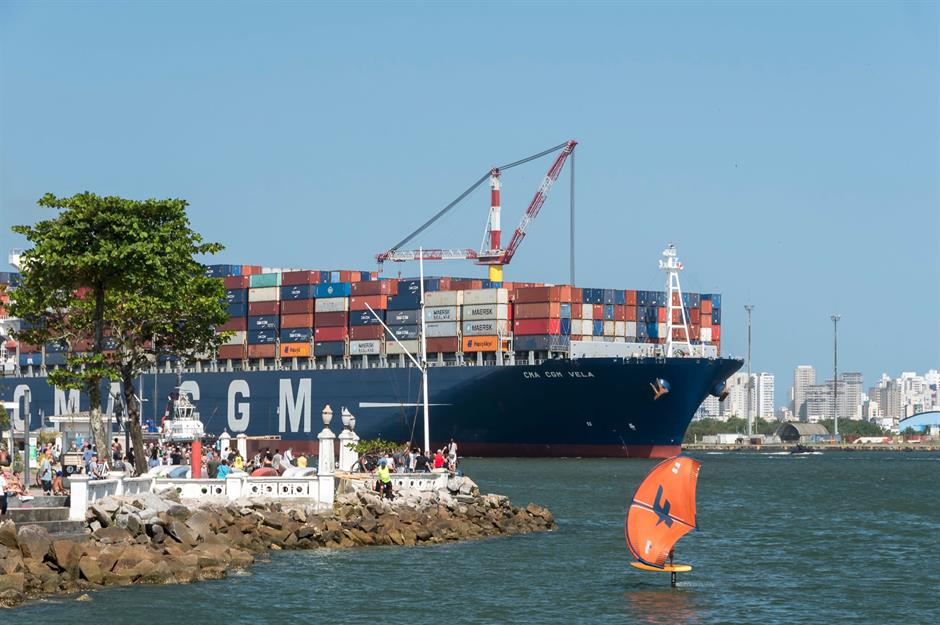
Brazil's imports from China amounted to $56 billion (£44bn) in 2023, while its exports to the People's Republic hit $104.3 billion (£82bn), making for a fat surplus of $48.3 billion (£38bn), as per the UN Comtrade Database.
Imports are mostly made up of manufactured goods such as electronics and industrial products, while Brazil's exports to China mainly consist of soybeans, beef, iron ore, and crude oil.
10th: Brazil, total trade volume in 2023: $160.3 billion (£125bn)

While Brazil runs a considerable trade surplus with China, Brasília is moving to clamp down on alleged dumping of industrial products by the People's Republic in the country.
With China flooding the rest of the world with artificially cheap products as it seeks to revive its struggling economy, countries such as Brazil are suffering as domestic suppliers are priced out. As a result, Brazil's Ministry of Industry, Foreign Trade and Services (BNDES) has launched a series of probes into the purported dumping, which according to the Financial Times could harm relations between the two countries.
9th: Taiwan, total trade volume in 2023: $165.9 billion (£130bn)

In what may come as a surprise to many, trade between mainland China and Taiwan, which Beijing regards as a breakaway province, is considerable.
According to Statista, Taiwan's imports from mainland China stood at $70.2 billion (£55bn) in 2023, while its exports to the country amounted to $95.7 billion (£75bn), meaning Taiwan runs a $25.5 billion (£20bn) surplus with its increasingly belligerent neighbour. However, if you factor in its trade with Hong Kong, the surplus balloons to $80.5 billion (£63bn), with the overall trade figure for mainland China and Hong Kong combined at $224 billion (£176bn).
9th: Taiwan, total trade volume in 2023: $165.9 billion (£130bn)

Still, trade between the two parties has fallen significantly. Last year, Taiwan's imports from China were down 15% compared to 2022, and its exports to the country fell by 21%.
Amid rising geopolitical tensions, a widening tariff dispute, and increasing demand in the US and Europe for Taiwan's products such as its AI semiconductors, the island country is depending less and less on China. In fact, Taiwan's export reliance on China has sunk to a 21-year low.
8th: Vietnam, total trade volume in 2023: $171.8 billion (£135bn)
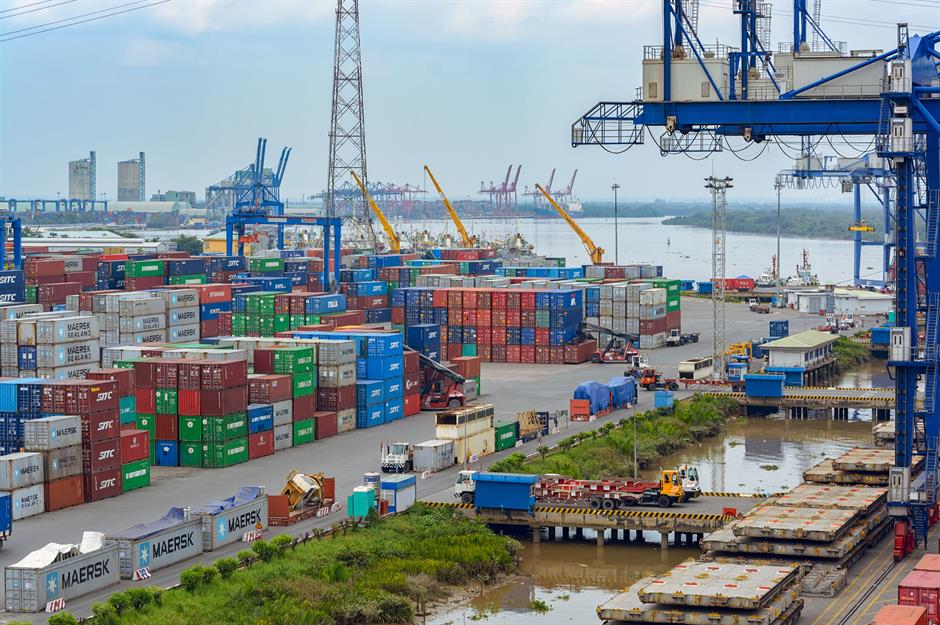
Vietnam is benefiting hugely from the trend of reshoring away from China, as Western firms move their manufacturing to the country and source more goods there.
Yet, the People's Republic is actually Vietnam's leading trading partner – and by quite a wide margin, with the US the runner-up, followed by South Korea and Japan.
8th: Vietnam, total trade volume in 2023: $171.8 billion (£135bn)

As per statistics from the General Department of VietNam Customs, imports from China to Vietnam stood at $110.6 billion (£87bn) last year, a decrease of $7.3 billion (£6bn) from 2022.
On the flip side, exports from Vietnam to China were up 6.4% from the previous year, hitting $61.2 billion (£48bn). This has reduced the country's trade deficit with the People's Republic, though it's still very high at $49.4 billion (£39bn).
7th: Thailand, total trade volume in 2023: $174 billion (£138bn)
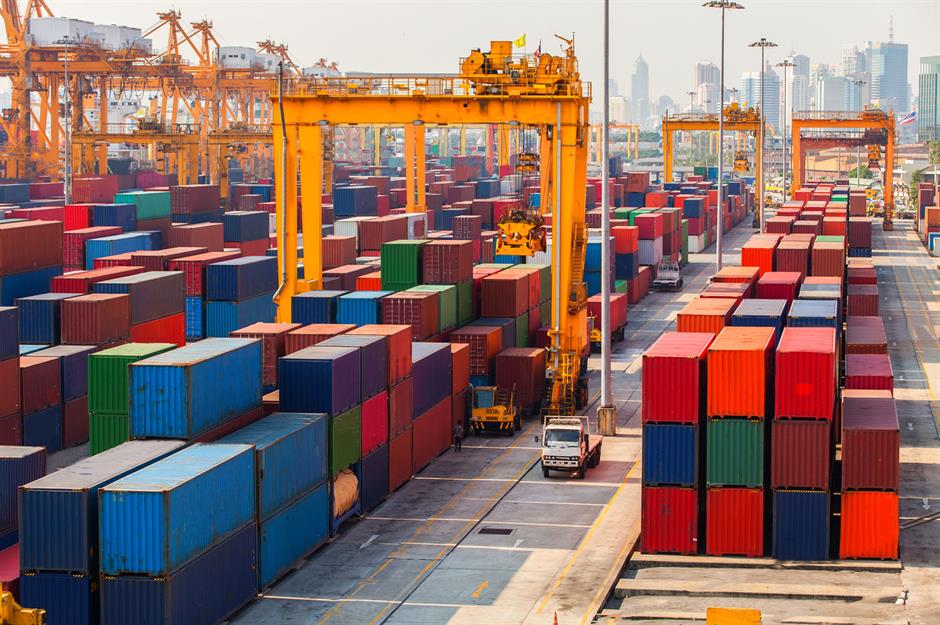
Staying in Southeast Asia, Thailand is China's next largest export partner. The People's Republic accounts for 22% of the country's overall trade, according to Chaichan Charoensuk, chairman of the Shippers' Council of Thailand and the Exporters Council.
Last year, Thailand's imports from China totalled $105 billion (£83bn), while its exports to the nation came to $69 billion (£54bn).
7th: Thailand, total trade volume in 2023: $174 billion (£138bn)
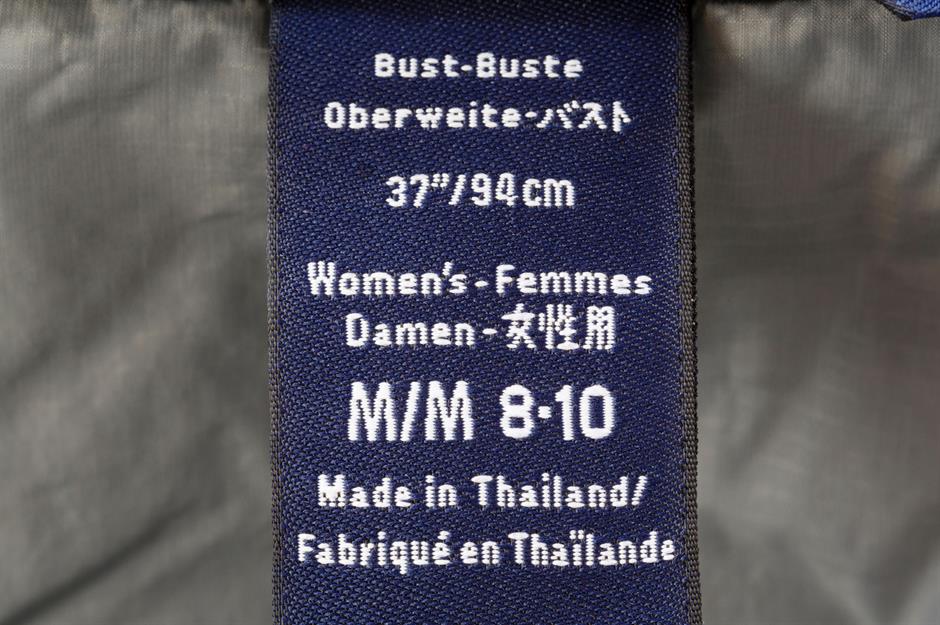
Thailand's trade deficit with China reached a record high of $36 billion (£28bn) in 2023, up from $29 billion (£23bn) the previous year. The country imports a plethora of goods from the People's Republic, including electronics and machinery, but its exports to China mainly comprise agricultural products.
Mindful of the widening trade gap, the Thai government is bending over backwards in a bid to reduce it, with a range of initiatives that include improving the quality of Thai export products and offering incentives to homegrown companies that export to China.
6th: Australia, total trade volume in 2023: $192 billion (£151bn)
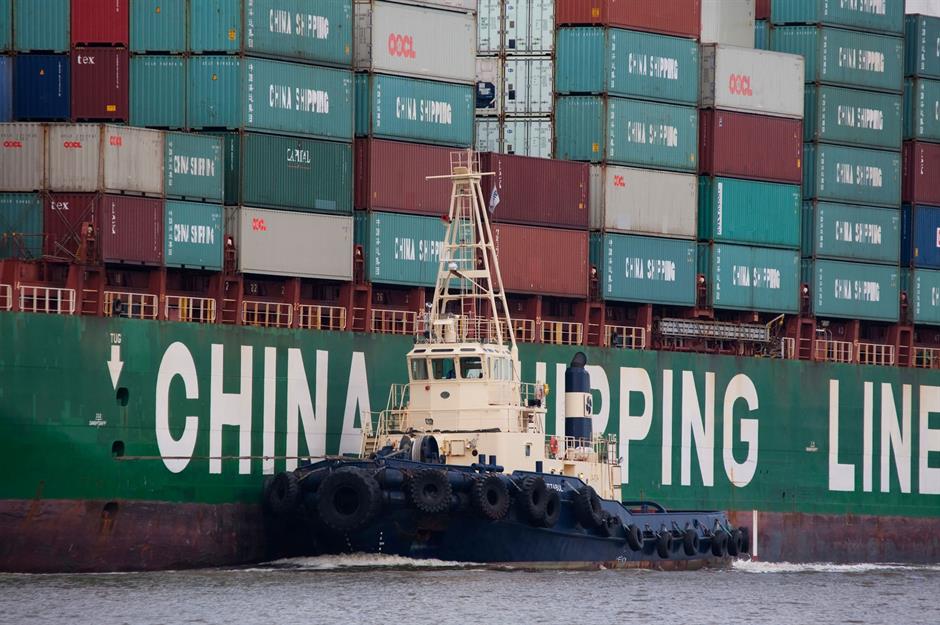
Australia runs a substantial trade surplus with China, its leading trading partner. Last year, the figure stood at $48.4 billion (£38bn) according to the UN Comtrade Database, with imports from the People's Republic to the Land Down Under totalling $71.8 billion (£56bn), and exports from Oz to China at $120.2 billion (£94bn).
Nevertheless, the surplus has significantly decreased since 2021 when it hit a record $97.4 billion (£77bn), as per Statista.
6th: Australia, total trade volume in 2023: $192 billion (£151bn)
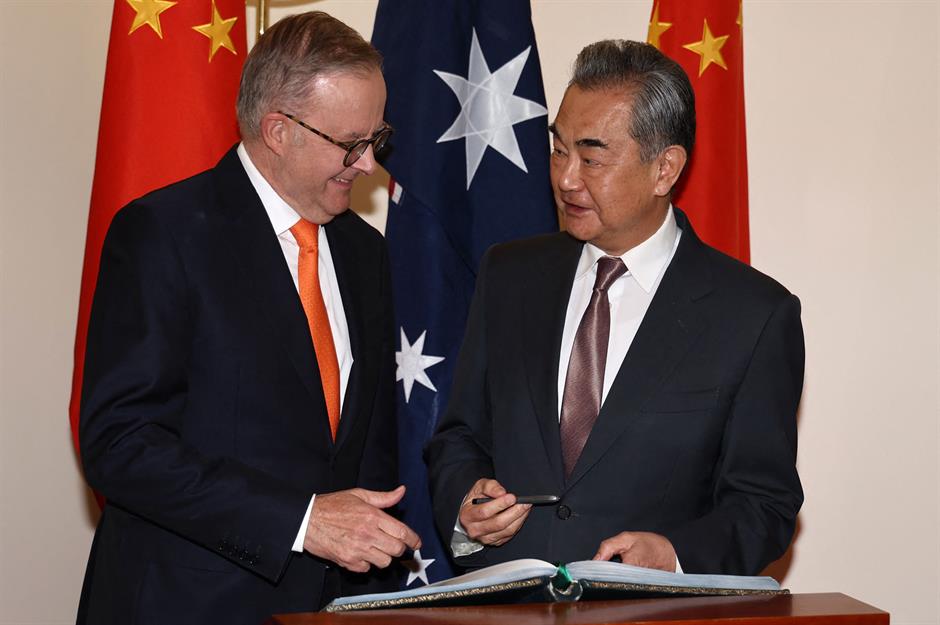
Chinese exports to Australia have skyrocketed over the past few years, based on data compiled by Australia's Department of Foreign Affairs. Vehicles, electronic machinery, and wind towers have been the major growth leaders, followed by white goods, clothing. and sporting goods.
During the same period, China levied tariffs on some Australian goods, though exports have remained buoyant, driven largely by increased lithium shipments. And both governments are working to improve trade relations, as evidenced by Chinese Foreign Minister Wang Yi's recent visit to Canberra.
5th: Russia, total trade volume in 2023: $240.1 billion (£188bn)
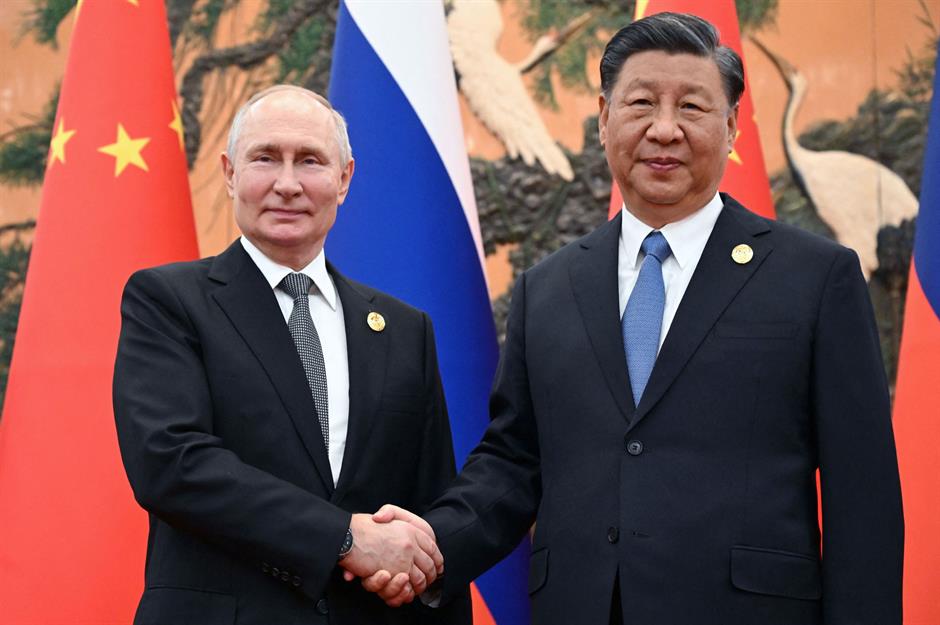
With Western countries shunning trade with Russia as a consequence of its illegal invasion of Ukraine, Moscow's business dealings with “rock solid” ally Beijing have surged.
According to figures from China's General Administration of Customs Data, trade between the two nations climbed to a record $240.1 billion (£188bn) in 2023, an increase of 26.3% compared to the previous year. The number is well in excess of the $200 billion (£157bn) target pledged by the nations' leaders Putin and Xi.
5th: Russia, total trade volume in 2023: $240.1 billion (£188bn)

Imports from China to Russia soared 46.9% to $111 billion (£87bn), while exports from Russia to the People's Republic were up 12.7% from 2022, coming in at $129.1 (£101bn).
Russia's trade surplus with China amounted to $18.1 billion (£14bn), with Beijing receiving half of Moscow's shipments of oil last year. Interestingly, Russian Deputy Prime Minister Andrei Belusov claims 95% of the countries' bilateral trade in 2023 didn't involve the US dollar, in keeping with Russia and China's push to de-dollarise the global economy.
4th: South Korea, total trade volume in 2023: $267.6 billion (£210bn)
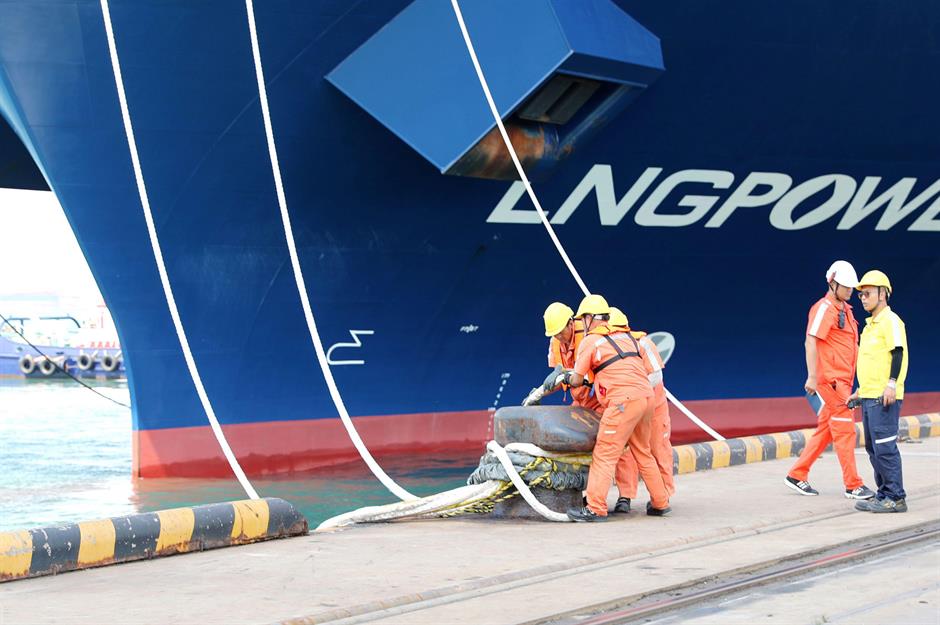
Two-way trade between South Korea and China decreased big-time in 2023 compared to the previous year. Remarkably, South Korea recorded its first trade deficit with the People's Republic since 1992 when it was a billion dollars in the red.
According to preliminary trade figures quoted by Nikkei Asia, South Korea's imports from China totalled $142.8 billion (£112bn) in 2023, down 8% from 2022, while its exports stood at $124.8 billion (£98bn), a fall of 20% from the previous year. This gives a deficit of $18 billion (£14bn).
4th: South Korea, total trade volume in 2023: $267.6 billion (£210bn)
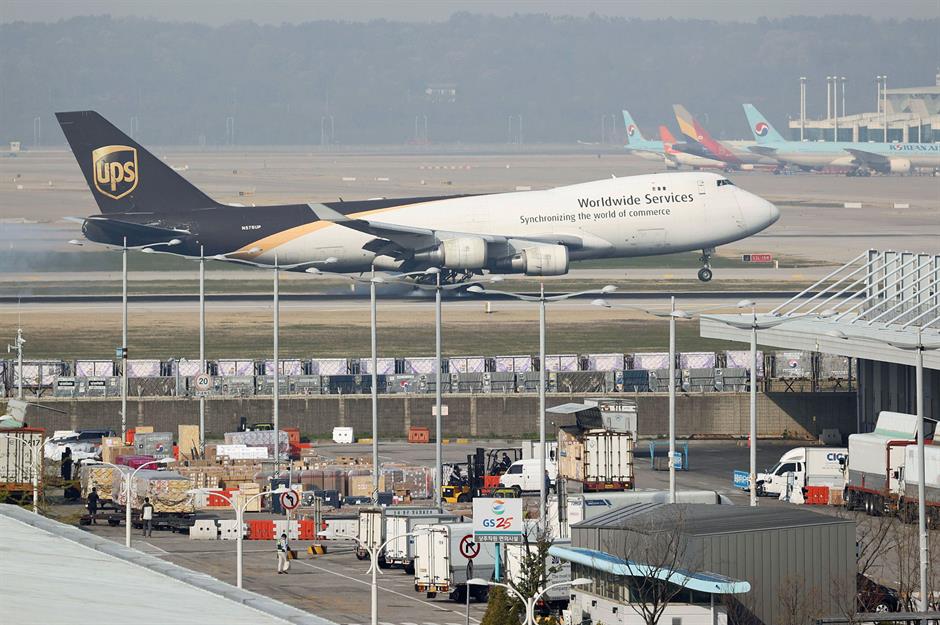
During the same time frame, South Korea increased its exports to the US and Japan – so much so that they've now overtaken shipments to China.
The deficit is reflective of the economic slowdown in China, which is eating away at demand for South Korean goods, but it's also evident that South Korea is de-risking and diversifying its export markets.
3rd: Japan, total trade volume in 2023: $278 billion (£218bn)
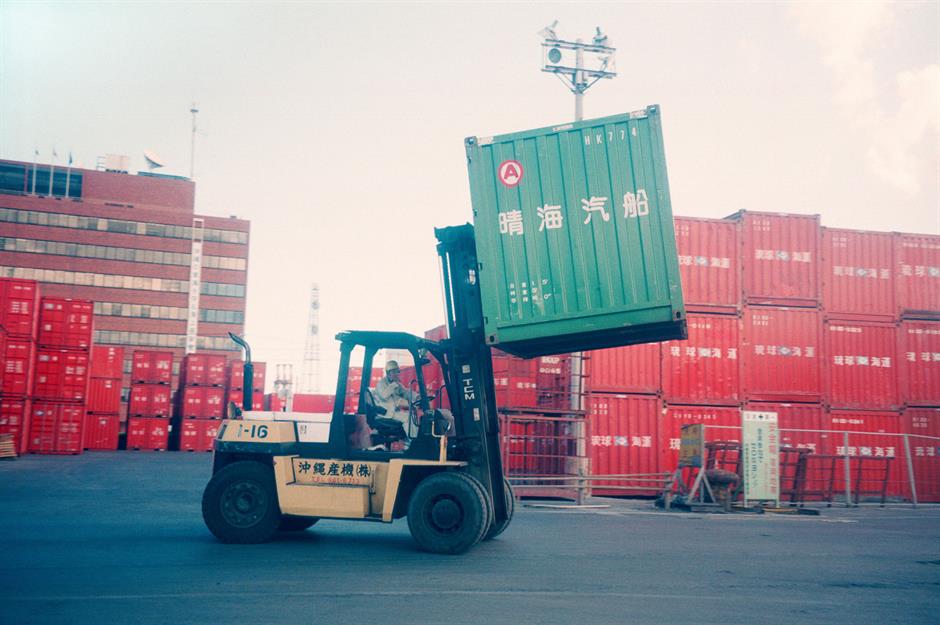
Likewise, Japan's trade deficit with China increased markedly in 2023, with the figure of $43.8 billion (£34bn) up 13.8% from the previous year according to official data. As in South Korea, the growing deficit can be attributed to flagging demand in China and government efforts to diversify its export markets.
Last year, imports from China totalled $160.9 billion (£126bn), while Japanese exports to the People's Republic came in at $117.1 billion (£92bn), a fall of 6.5% from 2022.
3rd: Japan, total trade volume in 2023: $278 billion (£218bn)
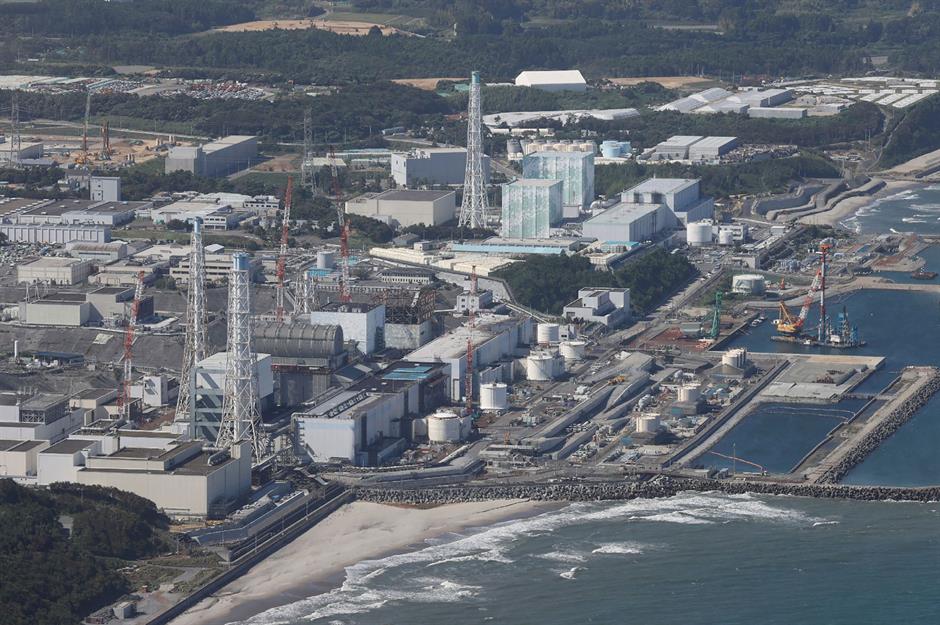
Indeed, the US surpassed China as Japan's leading export market for the first time in four years. In terms of products, the biggest drop was recorded for food exports to China.
They fell 60% in 2023 due to China's ban on imports of Japanese seafood, ostensibly for public health reasons. The ban came into effect on 23 August after Japanese authorities dumped wastewater from the stricken Fukushima nuclear plant into the Pacific Ocean.
2nd: Germany, total trade volume in 2023: $279 billion (£219bn)
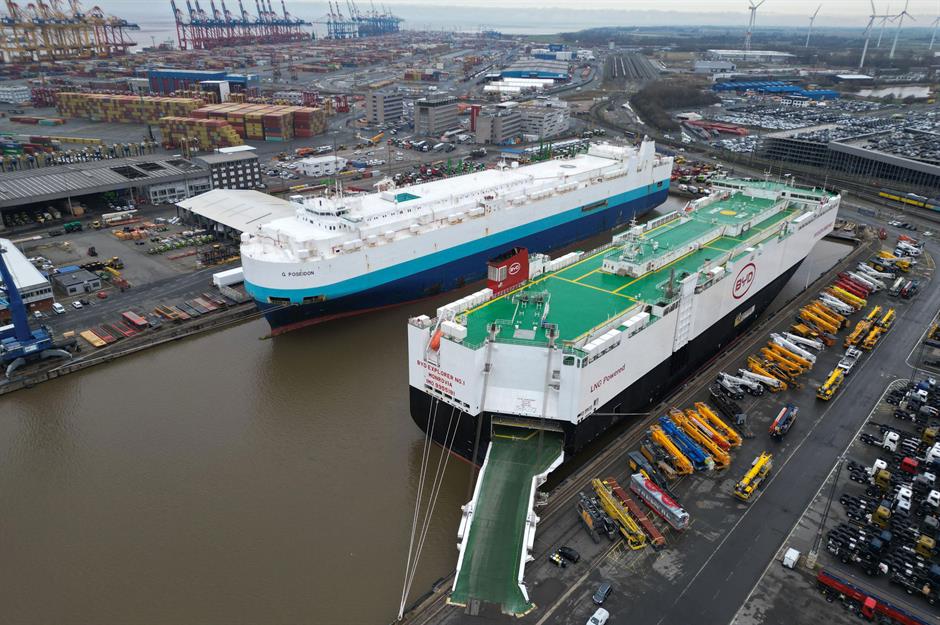
Germany is China's leading European trading partner. Last year, bilateral trade between the countries amounted to $279 billion (£219bn), according to the UN Comtrade Database. German imports from China stood at $173 billion (136bn), with the country's exports to the People's Republic at $106 billion (£83bn), giving a deficit of $67 billion (£53bn).
Figures from Germany's statistics office differ, however. They show that the deficit has fallen for the first time since 2018. The data also confirms that China is Germany's main trading partner for the eighth consecutive year.
2nd: Germany, total trade volume in 2023: $279 billion (£219bn)

As the EU moves to clamp down on cheap Chinese EV imports, which are flooding the market, Germany finds itself between a rock and a hard place.
On the one hand, the EU's probe into heavily subsidised Chinese EVs was welcomed last year by German Economy Minister Robert Habeck. But on the other, major German carmarkers Volkswagen Group and Mercedes-Benz have come out in opposition to EU tariffs, citing concerns the move would reduce competition and lead to retaliatory duties from China, harming sales of their vehicles in the People's Republic.
1st: USA, total trade volume in 2023: $595.8 billion (£469bn)
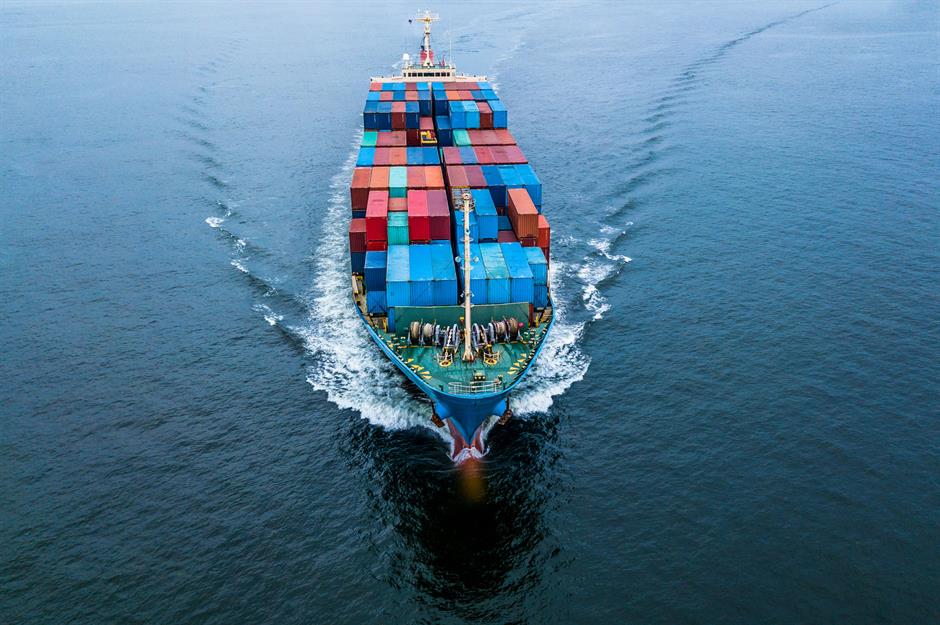
The US remains China's top trading partner, despite formidable tensions between the two countries. According to the UN Comtrade database, Chinese exports to America stood at $448 billion (£353bn) last year, with US exports to the People's Republic at $147.8 billion (£117bn), giving a colossal deficit of $300.2 billion (£237bn).
Official US government figures differ, however. As per its data, imports from China amounted to $427.2 billion (£338bn) in 2023, while American exports to the country totalled $147.8 billion (£117bn), which gives a deficit of $279.4 billion (£221bn)
1st: USA, total trade volume in 2023: $595.8 billion (£469bn)
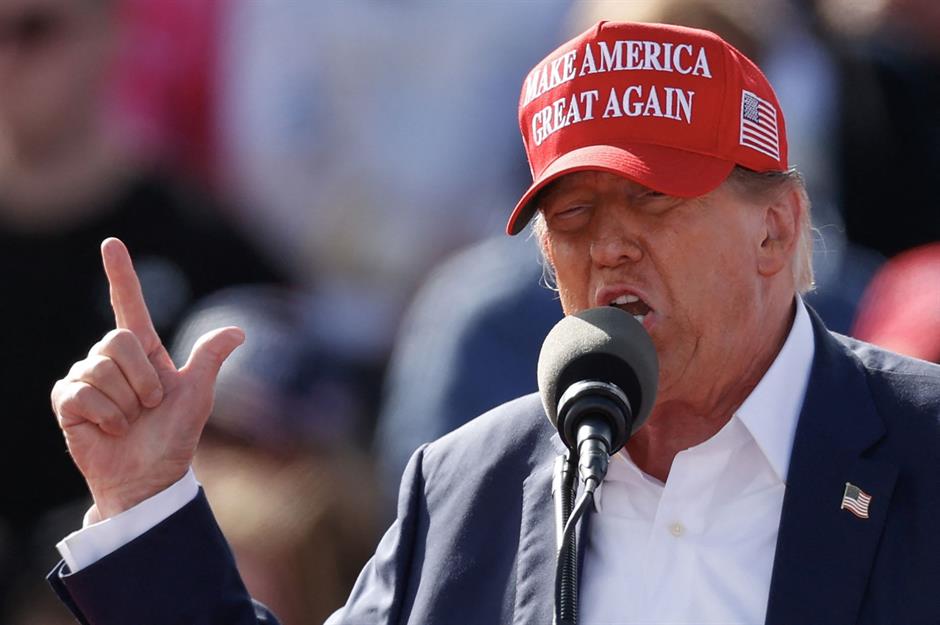
Based on the US government data, trade with China plunged by 16.7% in 2023, with the People's Republic now only America's third most important trading partner after Mexico and Canada. And Mexico has overtaken China as the leading exporter to the US, a position China held for 17 years.
Already fraught, the US-China trading relationship is set to get a whole lot more acrimonious this year as the Biden administration considers additional tariffs on Chinese imports. And if Donald Trump wins the presidential election in November, relations will almost certainly hit an all-time low. The Republican candidate has promised to slap tariffs of at least 60% on all Chinese goods, which would undoubtedly spark the mother of all trade wars between the two nations.
Comments
Be the first to comment
Do you want to comment on this article? You need to be signed in for this feature
Most Popular
Features How Michael Jackson's children boost their bank balances